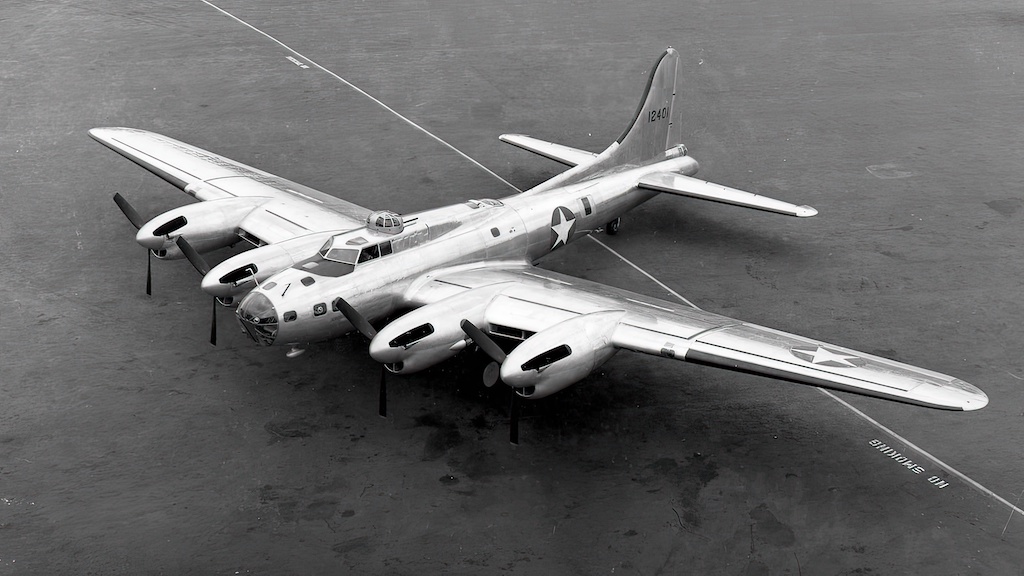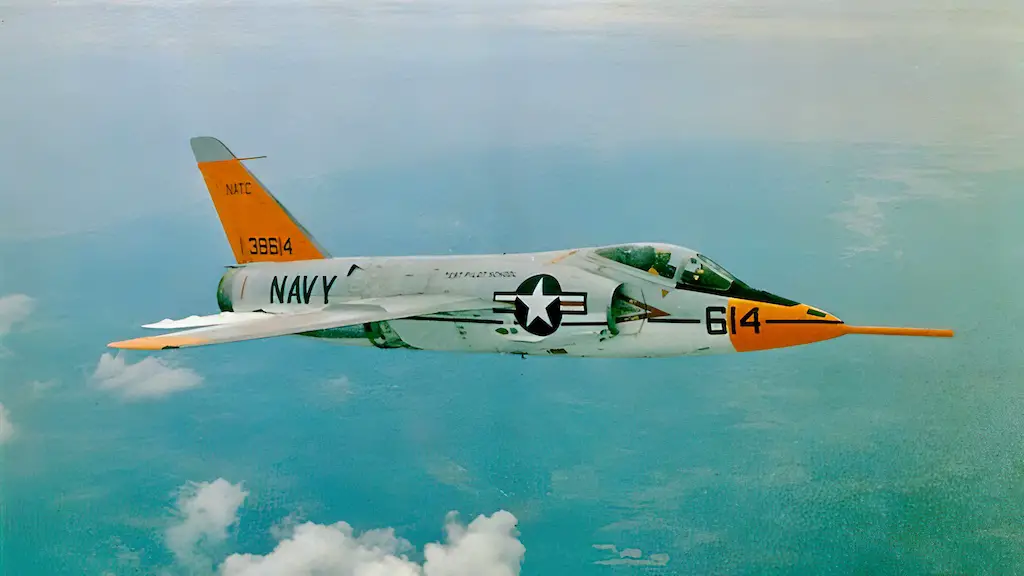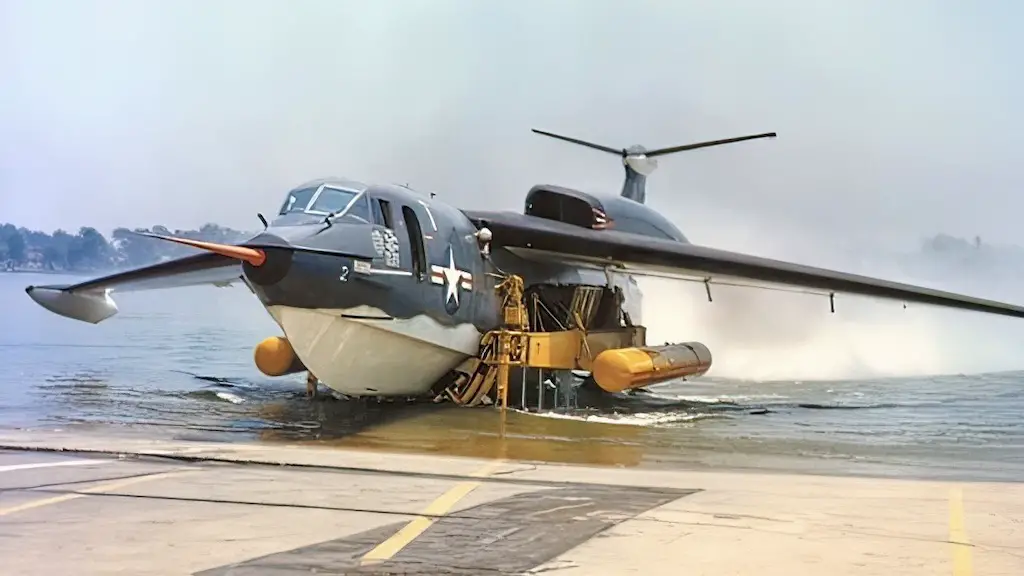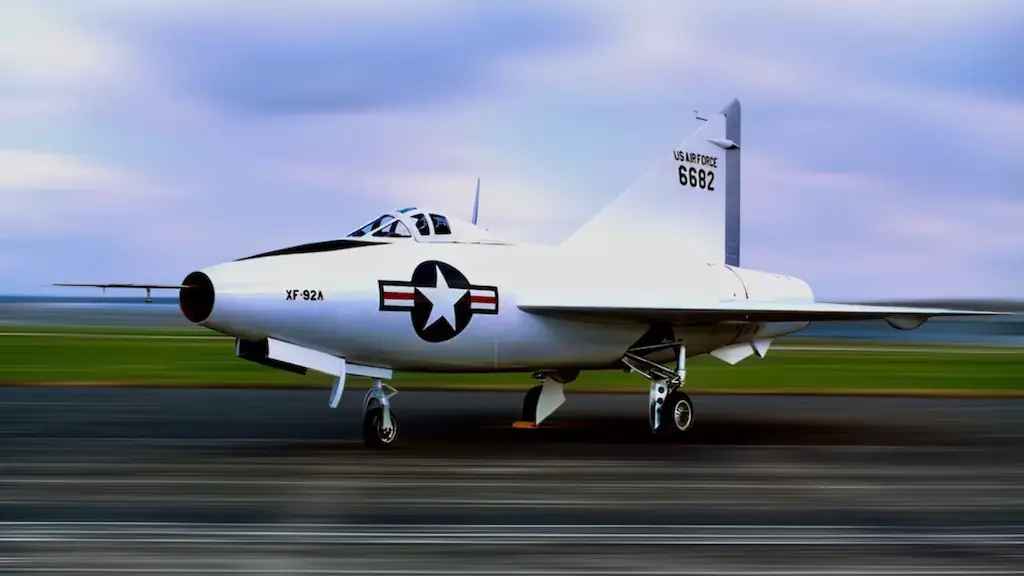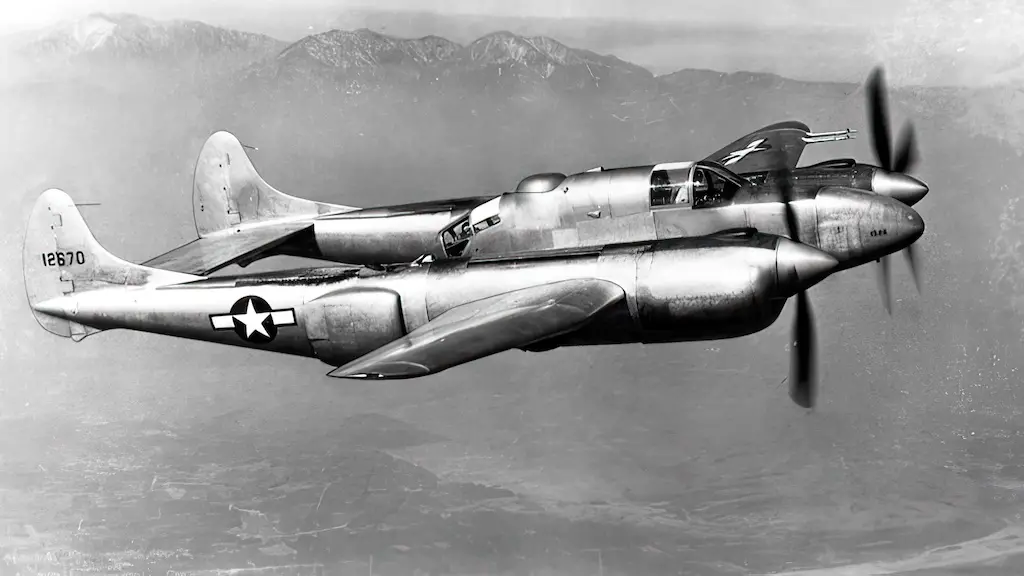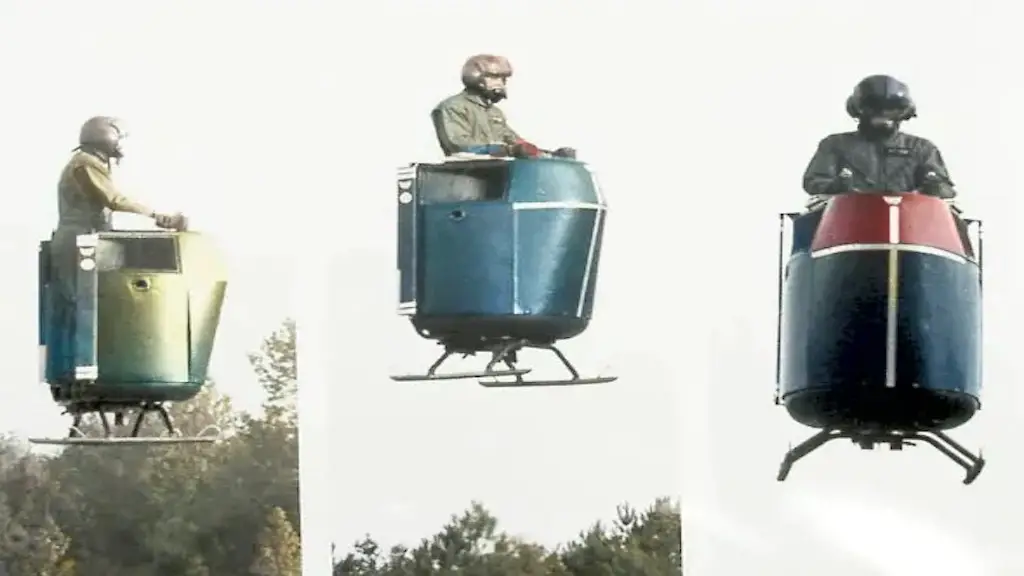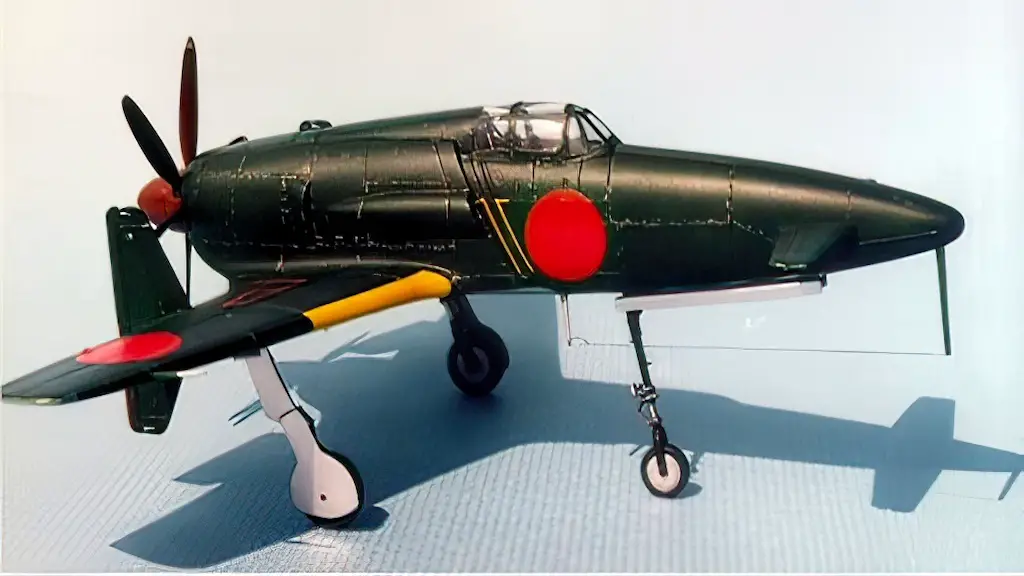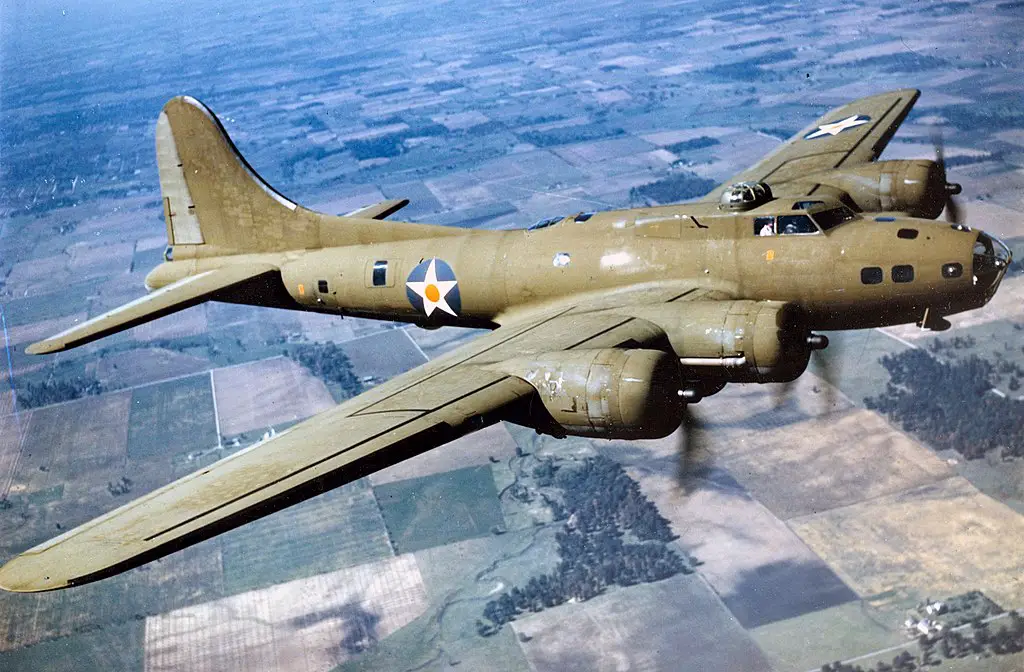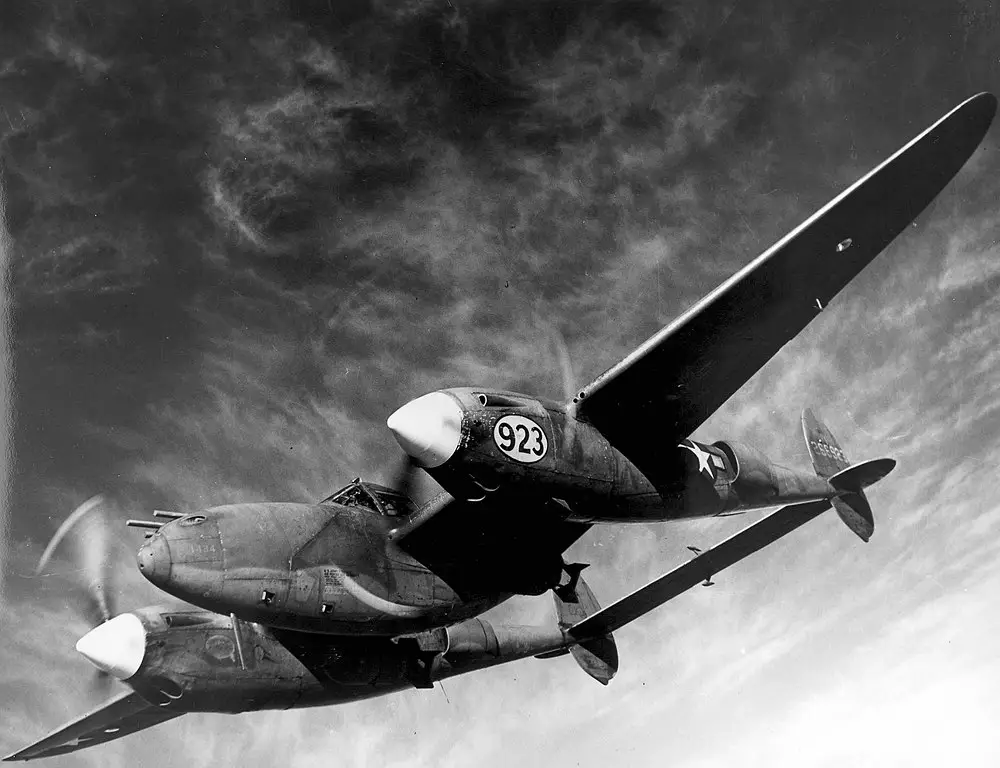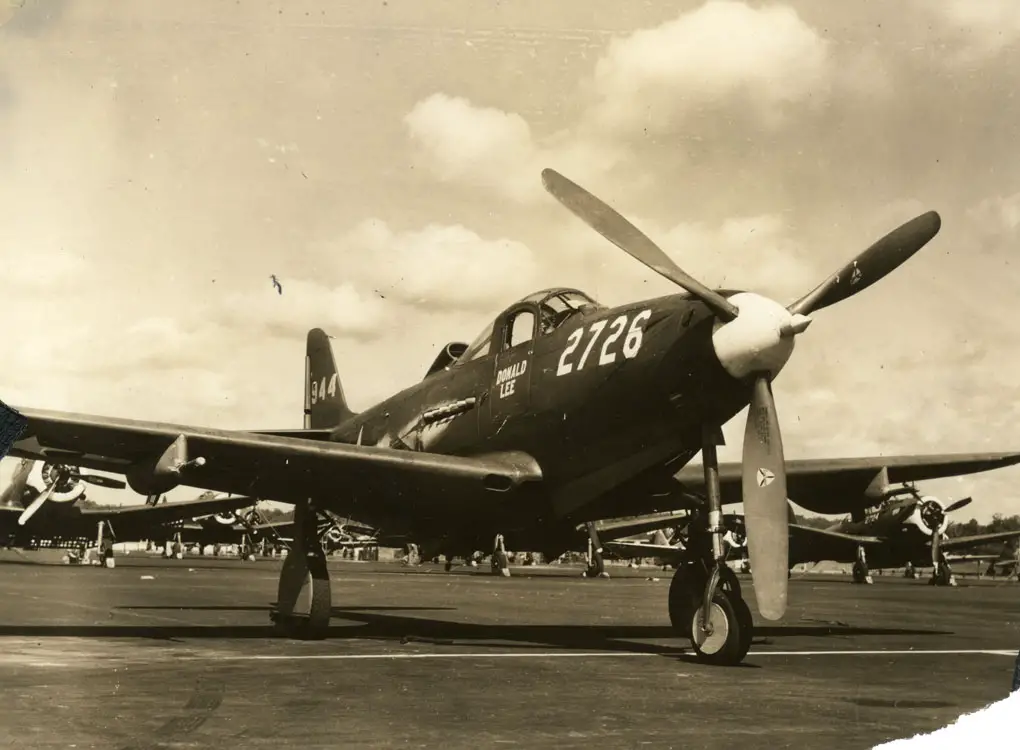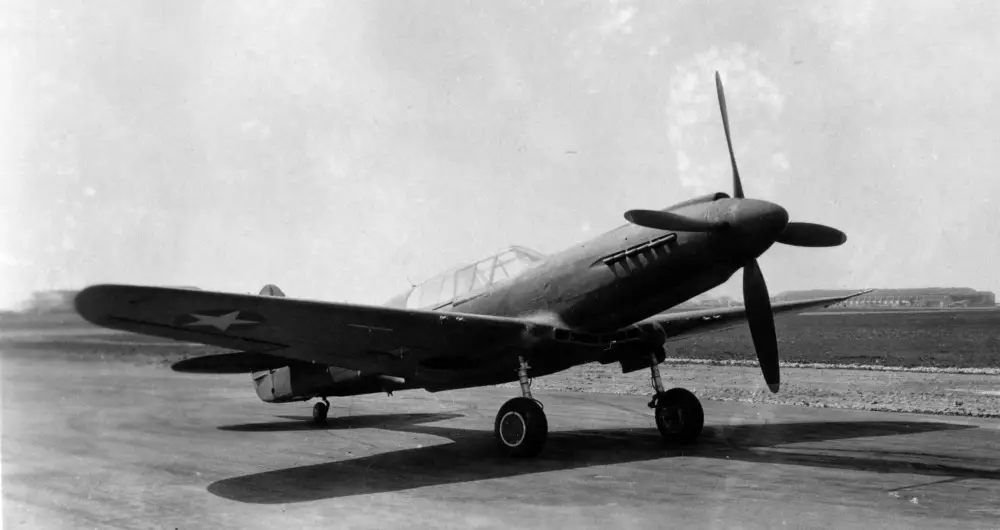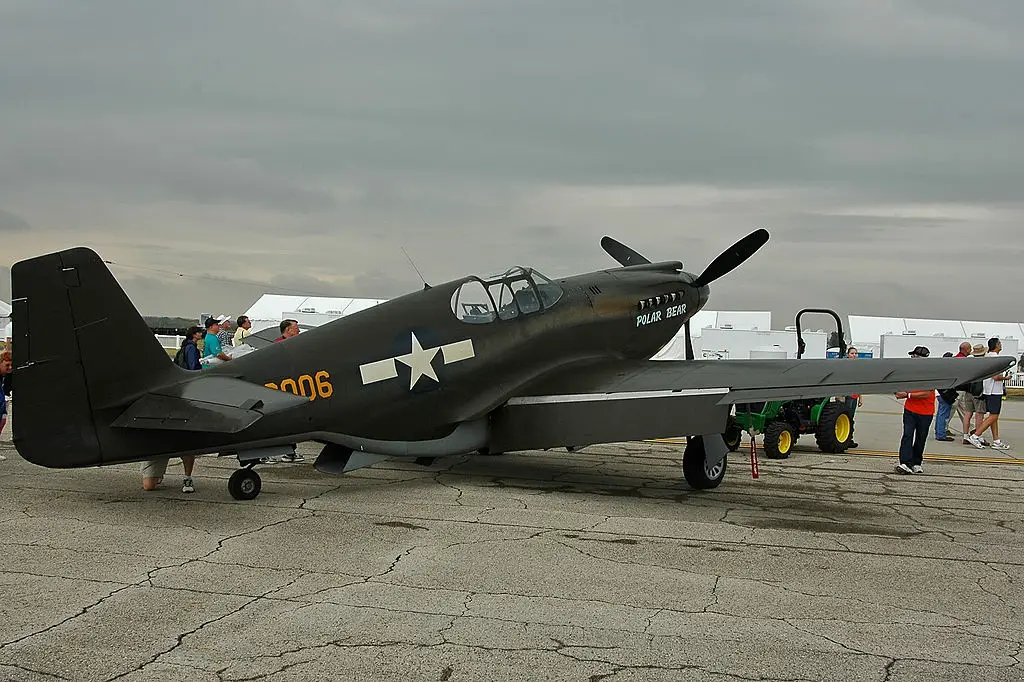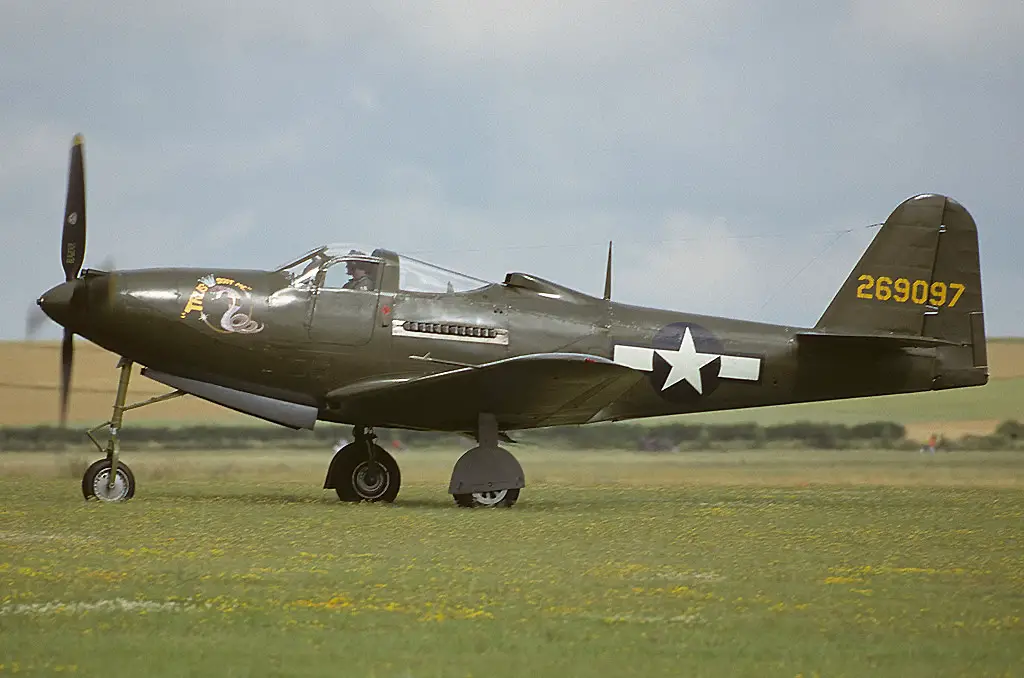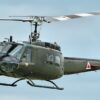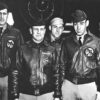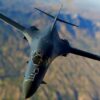Conceptual Genesis and Development History
Hatched in the throes of World War II, the Boeing XB-38 was a daring and innovative attempt to supercharge the formidable B-17 Flying Fortress. Conceived as an experimental variant, the XB-38 offered a unique twist, swapping out the B-17’s traditional Wright R-1820 radial engines for liquid-cooled Allison V-1710 V-12 engines.
This remarkable endeavor wasn’t born out of a capricious desire to innovate but emerged from a pressing necessity. In the early 1940s, war meant resources were limited, particularly those as crucial as radial aero-engines. The XB-38 emerged as a prospective solution, promising a strategic use of the readily available Allison engines if radial engine production was to hit any major bottlenecks.
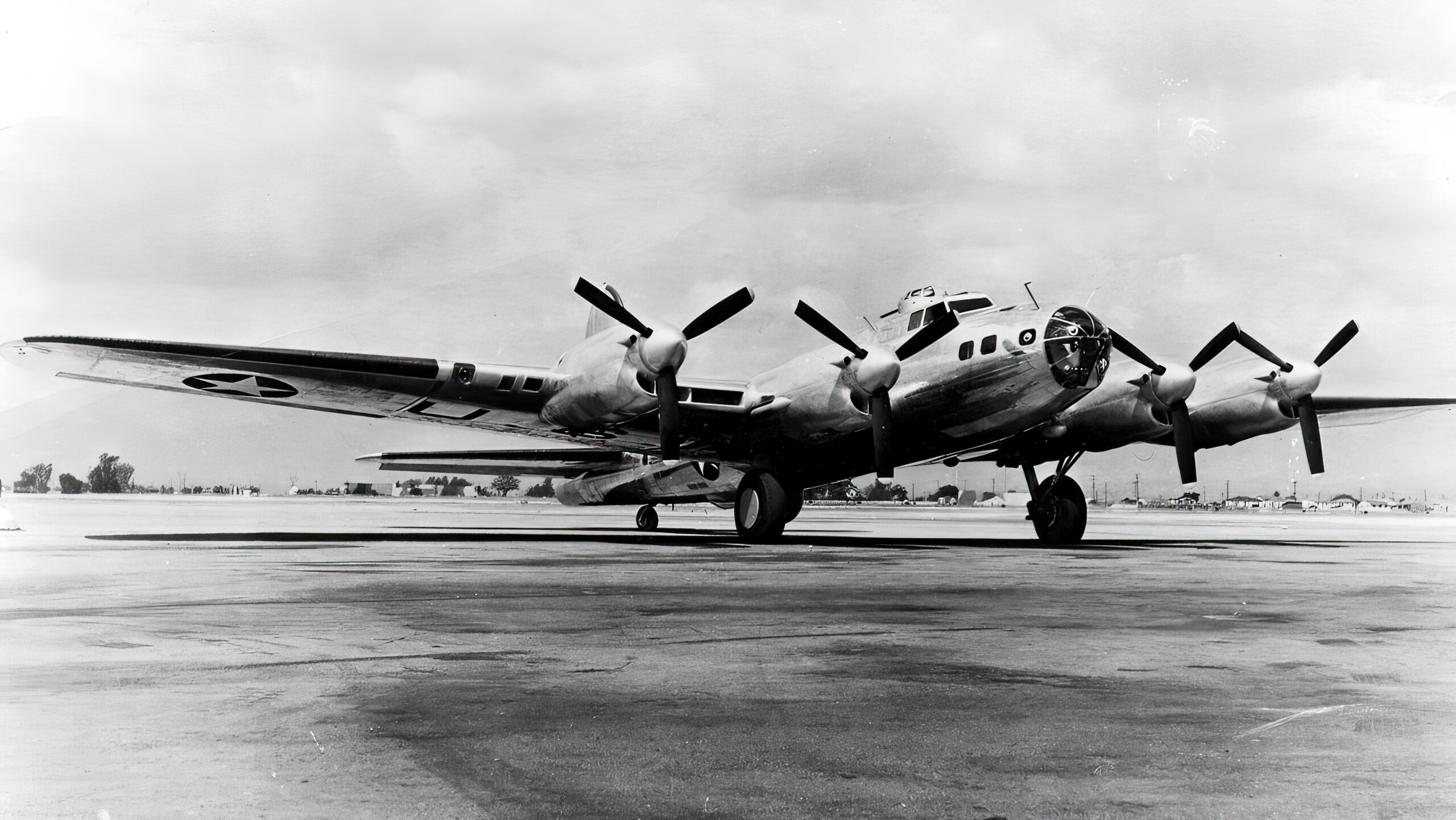
The Allison V-1710 Engine
The V-1710 engine, crafted meticulously by Allison Engine Company, was the first American-developed V-12 liquid-cooled engine. This powerplant could deliver impressive power, reaching up to 1,400 horsepower. The engine’s unique design allowed for more efficient aerodynamics due to its slender profile, giving the XB-38 an edge over the B-17. Additionally, it boasted a commendable high-altitude performance, another key differentiator that made the XB-38 a potential game-changer.
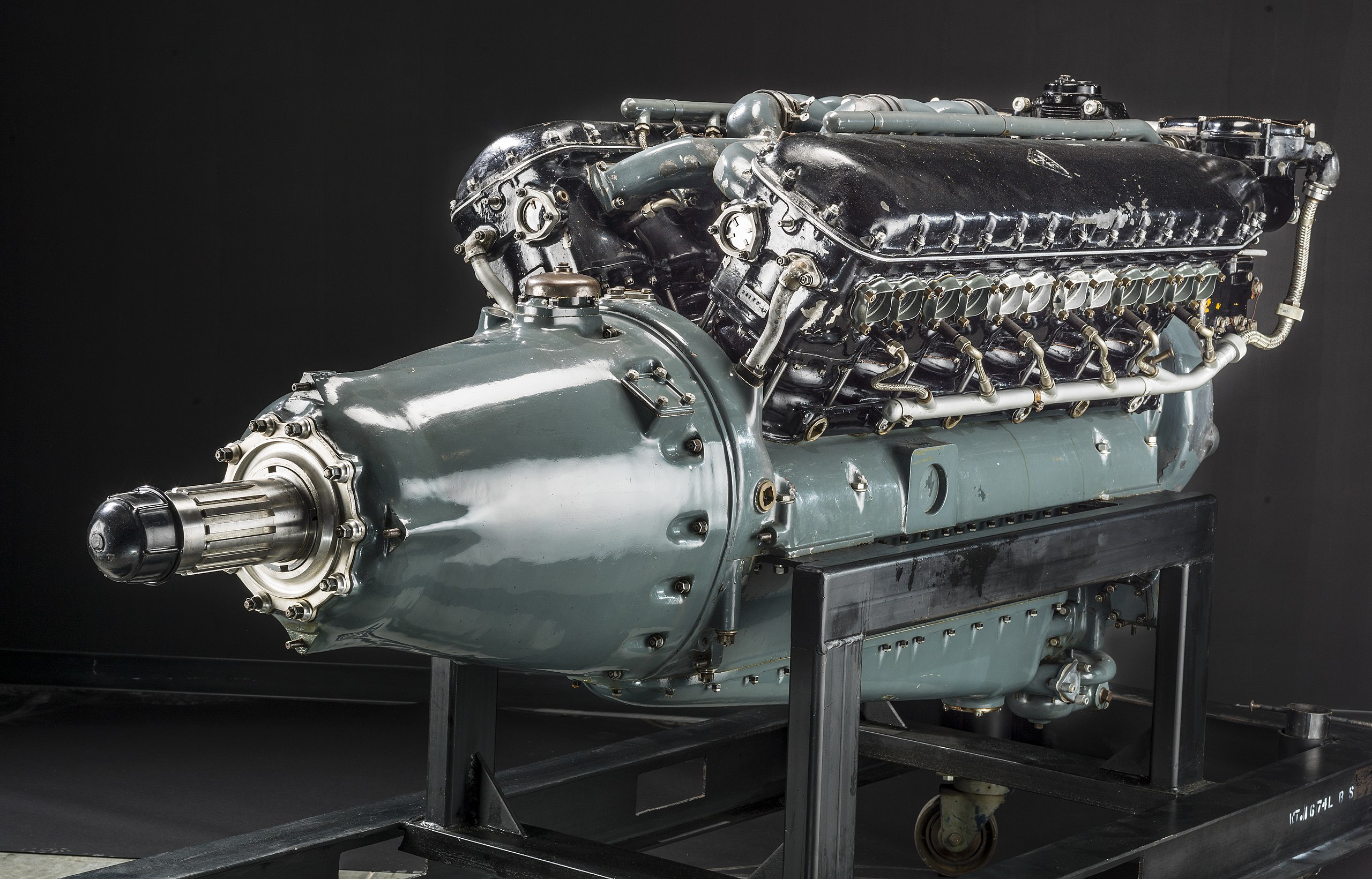
Test Flights and Unforeseen Mishaps
Pushing the boundaries of aerial innovation often brings unforeseen challenges, and the XB-38 was no exception. This aircraft only ever graced the sky nine times during its short-lived existence. Despite demonstrating a superior speed of 327mph, compared to the B-17’s 317mph, the XB-38 couldn’t escape its moment of reckoning.
On its ninth flight, the XB-38 met an ill-fated end. As the aircraft soared over southern California, the third engine (right inboard) erupted in flames. This unfortunate incident left the crew with no choice but to abandon ship, their parachute canopies becoming the last testament of the XB-38’s final foray into the skies.
The XB-38 vs. the B-17
On paper, the XB-38 offered a formidable proposition. Its V-1710 engine was a potential solution to wartime shortages. The streamlined design promised enhanced aerodynamics and improved speed over the B-17. Moreover, the Allison engine’s superb high-altitude performance was a major boon, offering valuable tactical advantages in the theater of war.
However, the XB-38 was not just about speed and altitude. The switch to liquid cooling offered a lesser known but equally valuable advantage. In combat, a liquid-cooled engine is less likely to stop running when hit by enemy fire. A radial engine’s air-cooling fins, once damaged, might lead to a catastrophic failure, a vulnerability the XB-38 didn’t share.
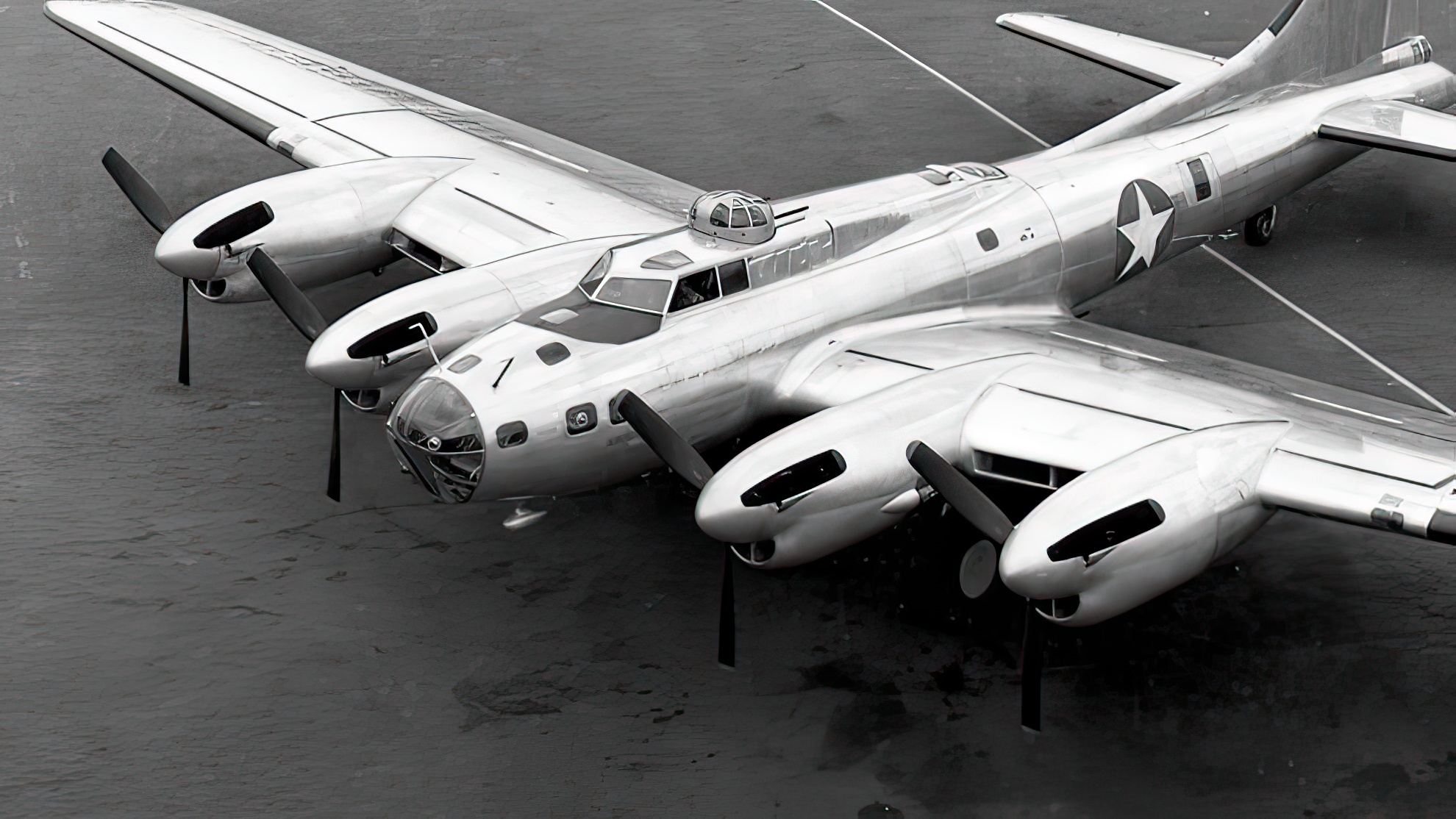
The Cancellation of the XB-38
Despite its promise and potential, the XB-38 fell victim to the tides of necessity and circumstance. Production of the promising Allison V-1710 engines was at its peak, but the demand was just as high. These powerhouses were urgently needed to drive a fleet of warbirds, including the Lockheed P-38 Lightning, Bell P-39 Airacobra, Curtiss P-40 Warhawk, North American P-51A Mustang, and Bell P-63 Kingcobra fighters.
Thus, despite the tantalizing possibilities it offered, the XB-38 had to yield. Its unique design and high-performance engines were sacrificed at the altar of wartime expediency. Though its flame was extinguished prematurely, its legacy endures, illuminating the annals of aviation history.

